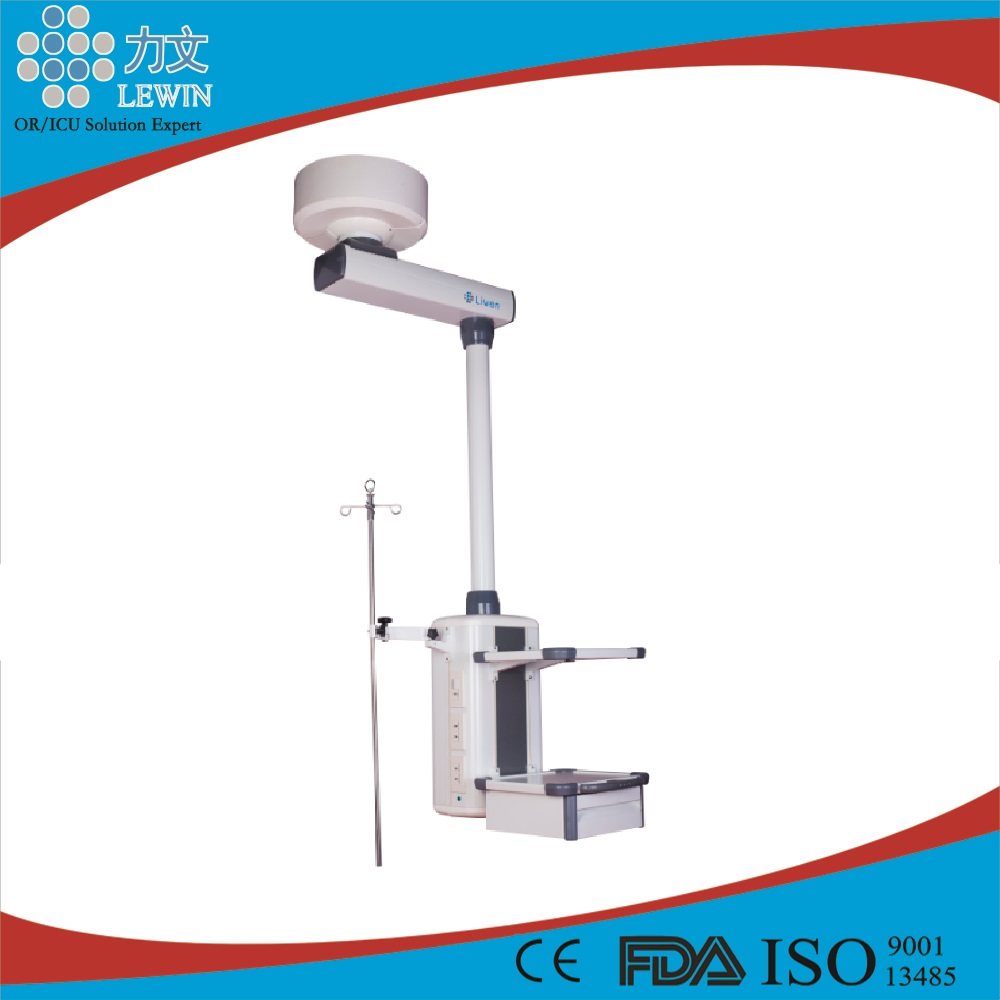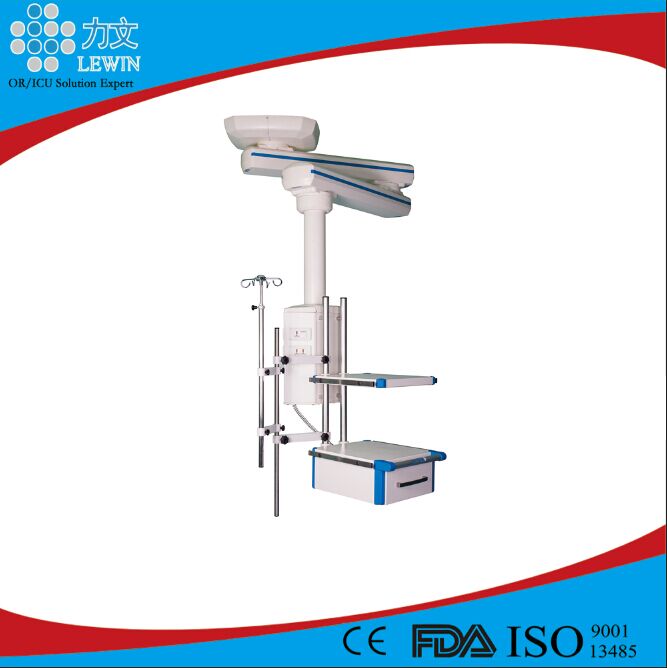Poultry medicine should take into account its physiological characteristics
In the poultry industry, the scientific, accurate, economical and effective use of drugs to prevent and control various diseases of poultry is an important part of improving the economic benefits of breeding.
Rational selection of drugs based on the physiological metabolism of poultry
Poultry's liver and kidneys are more developed, and drugs are metabolized faster in the body and converted faster. However, the renal glomerulus has a small volume, a small capillary branch, a simple structure, a low effective filtration pressure, and a small filtration area. It can easily accumulate in the body and blood in the form of drugs excreted by the kidneys through the kidneys, causing irreversibility to the body. The damage, such as streptomycin, kanamycin, gentamicin, neomycin and other drugs, it is not suitable for long-term, high-dose use.
Poultry tubular excretion function is more vigorous, 90% of uric acid in the urine is discharged into the renal tubule lumen through the tubular secretion, due to urate is not easily dissolved, when the protein content in the feed High or protein metabolism disorders, vitamin A deficiency, kidney injury, a large number of urate deposition in the kidney, joint cavity, internal organs, easily cause gout. Therefore, in the treatment of poultry E. coli, Salmonella, infectious bursal disease, infectious bronchitis and other diseases, should avoid the use of sulfa drugs and furans likely to cause kidney damage.
Poultry excreta contains a large amount of acidic urate, so the application of sulfa drugs, it is appropriate to add some sodium bicarbonate, in order to reduce the acetyl sulfonamide crystal damage to the kidneys. Because the final metabolite of sulfa drugs is acesulfame, crystallization tends to occur in acidic urine.
Domestic poultry have low cholinesterase reserves and anti-cholinesterase drugs such as trichlorfon and dichlorvos are very sensitive to organophosphorus insecticides and are prone to poisoning. Therefore, these drugs should be used particularly in poultry farms. Be careful to avoid poultry coming into contact with this type of medicine.
There is a lack of hydroxylase enzymes in poultry and central nervous stimulants and sedatives should not be used. Such as camphor, strychnine and other central nervous stimulants and barbiturates sedatives. Because these drugs are difficult to transform in the body, poultry use these drugs will have a permanent central nervous system excitation or inhibition.
Poultry blood plasma protein content is low, some poultry and no nasal glands, the discharge of sodium chloride depends on the completion of the kidneys, so poultry are more sensitive to sodium chloride, prone to salt poisoning. When the content of sodium chloride in feed exceeds 0.5%, adverse reactions and even poisoning can occur. Therefore, when adding sodium chloride to the feed, the dose should be strictly controlled.
Because of the lack of enzymes that form urea in poultry, gout can be caused when urate is deposited in poultry, vitamin A is lacking in feed, or due to certain diseases. At this point, drugs such as aspirin, probenecid, and sodium bicarbonate may be used to promote the excretion of urate, and to relieve and improve the deposition of urate.
Poultry is very sensitive to heat, prone to heat stress, because poultry have no sweat glands, very rich feathers, poor heat dissipation, in the hot summer should be timely supplement sodium bicarbonate, sodium chloride, potassium chloride, VC and other heat resistance should be Radical drugs relieve symptoms. At the same time to control the ambient temperature, humidity and enhanced ventilation.
Reasonable medication according to the physiological structure of poultry digestive system
The oral structure of poultry is simple, there is no tooth, and the taste function of the tongue is very poor. The bitterness of the stomach medicine, such as (end of gentian), does not have a reflexive stomachic effect. There is no ability to discriminate salty taste, so the amount of salt should be strictly controlled when formulating feeds so as not to cause salt poisoning.
Poultry has a hernia sac (or esophageal inflated part) that temporarily stores food. In case of poisoning, no emetic agent can be used because the poultry does not have the function of reversing vomiting and the emetic has no effect.
Poultry has a short digestive tract and an acidic environment in the digestive tract. When furan drugs are used, furan drugs are enhanced in the acidic environment. The efficacy and virulence of the drugs are enhanced at the same time. Dose and time should be strictly controlled during use to prevent drug poisoning. Poultry can be given orally penicillin because penicillin is most stable in PH6.5 solution. The bile of the poultry is acidic, and it neutralizes alkaline pancreatic juice and small intestine fluid together with the gastric juice, so that the pH value in the intestine is maintained at about 6.0, and penicillin can be used to maintain a stable drug property with good curative effect.
The absorption rate of sulfa drugs in poultry is high, so it cannot be used in large doses and for a long time. It is not advisable to use sulfa drugs as additives for long-term use to prevent drug poisoning and adverse reactions.
Rational selection of drugs based on the physiological characteristics of the respiratory system
From the ratio of lung weight and body weight, poultry's lungs are larger than mammals. There are air bags in the poultry's respiratory system. When exhaling and inhaling, they can all exchange gas and increase lung ventilation. The characteristics of poultry's respiratory system can increase the area of ​​drug diffusion and increase the amount of drug absorbed. In the aerosol medication, the drug can exert a local effect in the respiratory tract, and can also be quickly absorbed by the respiratory membrane, resulting in systemic effects. Therefore, it can be used to treat diseases such as chicken fleas, fowl cholera, and E. coli.
Chronic respiratory disease is a respiratory disease caused by mycoplasma. The main clinical problems are asthma, dyspnea, high incidence, low mortality, and easy to control. The best treatment effects are tylosin (basically used in broiler chickens), Zhiyuanjing, tilmicosin, azithromycin, doxycycline, lincomycin, ofloxacin, sarafloxacin and so on. Sometimes combination therapy works well, such as doxycycline + ciprofloxacin. Western medicine plus traditional Chinese medicine is also the most common method of compatibility. For example, in western medicine, therapies such as theophylline and ephedra can be used to relieve dyspnea.
Guarantee effective concentration and course of treatment
The first dose can be appropriately increased, followed by a few days of maintenance, the general course of medication for the 3 days to 5 days, premature withdrawal can lead to relapse. Prolonged use of antibiotics can cause bacteria to become resistant or cause drug poisoning. Measure poultry's weight before medication, calculate feed intake, and accurately weigh drugs. When dispensing drugs through drinking water or feed, it should be noted that drugs should be mixed evenly, and drugs that do not dissolve in water cannot be administered by drinking water, otherwise they will precipitate and cause poisoning. Drinking water administration should consider the solubility of the drug and the drinking capacity of the birds. The drinking water must be clean and neutral. The drugs with low solubility in water should be mixed with spices. When the spices are administered, they should follow the principle of “from little to large, gradually mixing. "Uniform" principle, otherwise uneven mixing can easily cause poisoning or affect the efficacy. The amount of drinking water is related to the temperature. In the summer water supply, the concentration of the drug should be reduced, which is about half of the amount of spices.
Increasing complexity of operation theater/ICU equipment requires Medical Pendant more expansibility, reliable, convenience. Lewin series medical pendant combined LEWIN abundant operation room/ICU equipment produce and integrate experience, the design follows human body enginerring principle; The ceiling pendnat function fits doctor and patient's actual using demands, pay attention to convenient actual operation, can meet different environment demands, has highly cost-effective;


Creport5000 Series Medical Pendant
Medical Pendant,Surgical Pendant,Hospital Pendant,Cavascope Pendant
Shandong Lewin Medical Equipment Co., Ltd. , https://www.operatinglight.nl